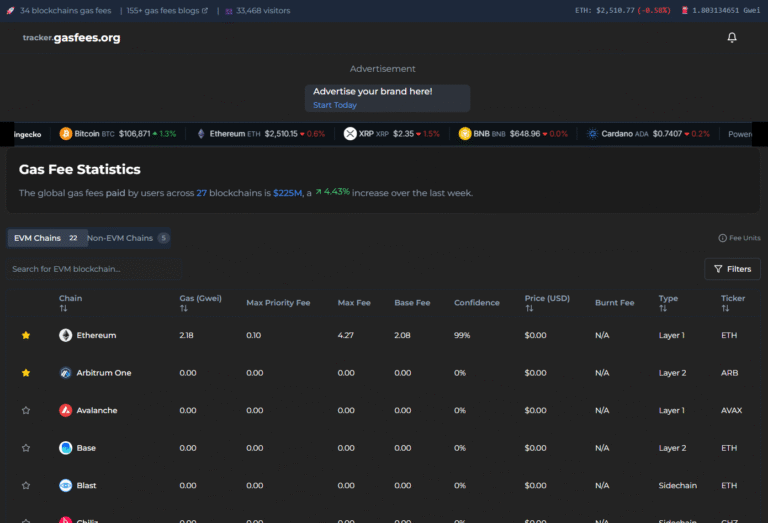What Are Astar Gas Fees?
In the evolving landscape of blockchain technology, understanding specific concepts like Astar gas fees is crucial for participants in this ecosystem. This comprehensive blog aims to unravel the complexities of Astar gas fees, their significance, and impact on the Astar Network.
Introduction to Astar Gas Fees
Gas fees in the context of blockchain technology are not a new concept. However, on the Astar Network, they assume a unique significance. These fees are the payment made by users for transactions and smart contract executions on the Astar blockchain.
The Role of Gas Fees in Astar Network
Primarily, gas fees in the Astar Network serve two essential purposes. First, they compensate network validators for processing transactions and maintaining network integrity. Second, they act as a deterrent against spam and unnecessary network load, ensuring efficient resource utilization.
Calculation of Gas Fees in Astar Network
Calculating gas fees in the Astar Network involves understanding the interplay between the gas limit and gas price. The gas limit is the maximum amount a user is willing to spend, while the gas price is the cost per unit of gas. The product of these two factors determines the total gas fee.
The Significance of ASTR in Gas Fees
In the Astar Network, gas fees are paid using ASTR, the network’s native token. This creates a direct relationship between the network’s usage, the demand for ASTR, and its value within the ecosystem.
Factors Affecting Astar Gas Fees
Several factors influence gas fees in the Astar Network. Network congestion is a primary factor, where high demand for transaction processing leads to higher fees. Additionally, the complexity of the transactions and smart contracts also affects the gas fees.
Comparing Astar Gas Fees with Other Blockchains
When compared with other blockchain networks like Ethereum, Astar gas fees have their unique characteristics. While the fundamental concept remains similar, differences in network architecture and consensus mechanisms lead to variations in fee structures.
Strategies to Optimize Gas Fees in Astar Network
Users can adopt strategies to manage their expenditure on gas fees effectively. These include transacting during less busy network times, optimizing the gas limit settings, and using tools that estimate the most efficient gas fees.
The Evolving Nature of Astar Gas Fees
As the Astar Network grows and evolves, so does its approach to gas fees. Innovations in blockchain technology, such as layer-2 solutions or enhancements in consensus algorithms, could lead to more efficient and cost-effective gas fee structures in the future.
Understanding Gas Fees for Better Network Participation
For participants in the Astar ecosystem, a thorough understanding of gas fees is essential. This knowledge not only aids in efficient transaction planning but also provides insights into the network’s health and scalability.
The Balance Between Gas Fees and Network Security
An important aspect to consider is the balance between reasonable gas fees and robust network security. Gas fees are crucial for incentivizing validators, and their optimization should not compromise the network’s integrity and security.
Conclusion
Astar gas fees are a vital component of the network’s functioning, playing a significant role in transaction processing and network maintenance. As the Astar Network continues to grow, understanding and effectively managing these fees will be key for users and developers alike. This knowledge is not only fundamental for cost management but also for contributing to the network’s overall efficiency and success.
In conclusion, Astar gas fees represent a critical aspect of the blockchain’s ecosystem. They are essential for network maintenance, user transactions, and the overall health of the Astar Network. As the blockchain space continues to evolve, staying informed about these fees and their implications is indispensable for anyone engaged in the Astar ecosystem.




